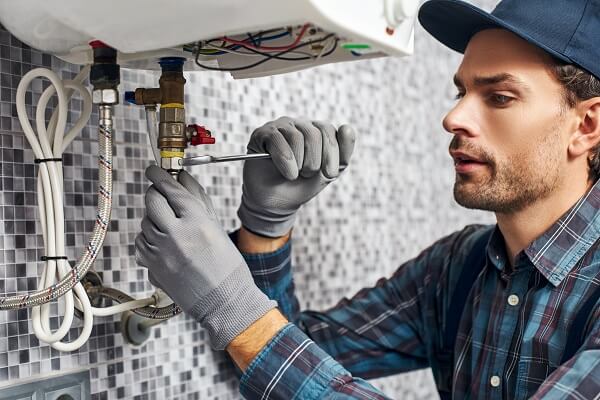A residential plumbing system is often a lot simpler than many think. These systems follow some of the most basic laws of nature, like water seeking its own level due to gravity and the effect of pressure on fluids. Understanding these concepts arms a homeowner with the knowledge needed to diagnose problems with a system, make repairs on their own, and know when to call the professionals to come and get the job done properly. This can save money and prevent unexpected plumbing issues down the road.
The basics of residential plumbing systems
Home plumbing systems consist of two main subsystems. One is the clean water system that brings water in, while the other gets rid of wastewater from the home. The water in the clean water system is pressurized to allow it to travel upstairs and around corners in the house.
The clean water system
As the water makes its way into a home that is connected to the local municipality's fresh water system, it goes through a meter that records the amount of water used. There is usually a main shut-off valve located somewhere around the meter.
Knowing the location of this valve is important because it allows the homeowner to quickly shut off the water supply to the house in the case of an emergency that can lead to flooding. Most plumbing systems also have individual shut-off valves that can be used to stop the flow of water to individual fixtures in the house, like sinks and showers.
The cold water that comes into a home's clean water supply is ready to be distributed. For hot water, it needs to be brought to around 140 to 160 degrees F by a heater. A pipe feeds cold water into the heater. The hot water is then distributed to the fixtures in the house that need it, like washing machines, showers, and sinks. There is no need to run hot water lines to fixtures like toilets that do not use heated water for any purpose.
The drain system
All homes need a way to get rid of wastewater. The drain system gets the job done. These systems are not pressurized; instead, they use gravity to pull the waste down the system and into sewage lines or a septic tank. These systems come with a few important components like cleanouts, traps, and vents.
Traps serve an important purpose. Every sink has one underneath. It is the S-shaped pipe under the drain. When enough water gets into the trap, there is enough force to push it out through the drain pipe. However, some water stays in the S-shaped area, which prevents sewer gases from making their way into the home.
Bathtubs often have drum traps for this purpose and to prevent hair from clogging the drain. Traps sometimes come with cleanout plugs, which make it easier to clear up clogs.
Vents allow air to get into the drain system, which ensures good drainage. Venting is needed for water to flow through enclosed spaces like pipes or else air pressure will keep the pipes filled. This is due to the same principle that allows one to suck up a liquid with a straw and then prevent it from leaking out by blocking one end with a finger.
Need help with residential plumbing?
Even well-made piping systems sometimes have problems. A plumbing professional can diagnose and repair a variety of issues in your home's plumbing.
Request an appointment here: https://www.bevillstexas.com or call Bevills Plumbing, Heating & Air Conditioning at (325) 225-4115 for more information from our Abilene plumbing company.

